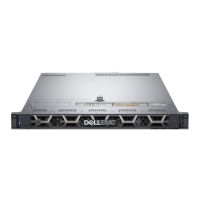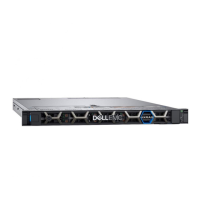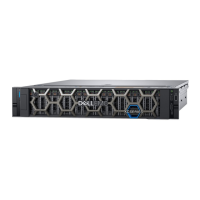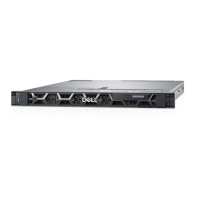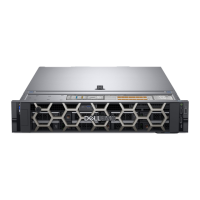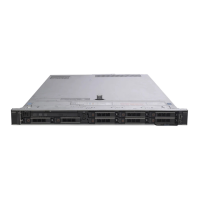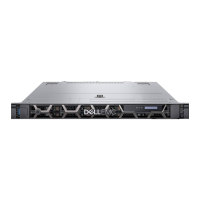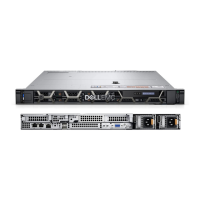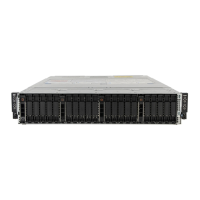



Do you have a question about the Dell EMC VxFlex Ready Node R740xd and is the answer not in the manual?
Describes the fundamental architecture and components of VxFlex Ready Node.
Details how to access and log into the VxFlex OS Graphical User Interface.
Explains the various features and functionalities available within the VxFlex OS GUI.
Lists requirements for system components, including server and OS requirements.
Explains the function and structure of the Meta Data Manager (MDM) cluster for VxFlex OS.
Provides step-by-step instructions for accessing and logging into the VxFlex OS Graphical User Interface.
Displays the overall system status through customizable tiles and controls.
Lists active alert messages in the system in a table format, filterable by severity and object type.
Covers various tasks for optimizing VxFlex OS performance through system, network, and component tuning.
Guidance on making environment-specific fine-tunings for optimal IOPs, latency, and bandwidth.
Details system changes and utilities for enhancing VxFlex OS performance, like set_performance_parameters.
Covers managing system objects using CLI basics, cluster operations, SDS/SDC operations, and ESX servers.
Details security management aspects, including certificates, user roles, and login banners.
Provides procedures for configuring system aspects like capacity, cache, volumes, and networks via the VxFlex OS GUI.
Procedures for adding, removing, activating, and inactivating capacity, and managing devices.
Contains procedures for managing volumes, creating snapshots, and setting bandwidth/IOPS limits.
Procedure to return a server to factory-installed state, including OS installation and BIOS settings.
Describes the fundamental architecture and components of VxFlex Ready Node.
Details how to access and log into the VxFlex OS Graphical User Interface.
Explains the various features and functionalities available within the VxFlex OS GUI.
Lists requirements for system components, including server and OS requirements.
Explains the function and structure of the Meta Data Manager (MDM) cluster for VxFlex OS.
Provides step-by-step instructions for accessing and logging into the VxFlex OS Graphical User Interface.
Displays the overall system status through customizable tiles and controls.
Lists active alert messages in the system in a table format, filterable by severity and object type.
Covers various tasks for optimizing VxFlex OS performance through system, network, and component tuning.
Guidance on making environment-specific fine-tunings for optimal IOPs, latency, and bandwidth.
Details system changes and utilities for enhancing VxFlex OS performance, like set_performance_parameters.
Covers managing system objects using CLI basics, cluster operations, SDS/SDC operations, and ESX servers.
Details security management aspects, including certificates, user roles, and login banners.
Provides procedures for configuring system aspects like capacity, cache, volumes, and networks via the VxFlex OS GUI.
Procedures for adding, removing, activating, and inactivating capacity, and managing devices.
Contains procedures for managing volumes, creating snapshots, and setting bandwidth/IOPS limits.
Procedure to return a server to factory-installed state, including OS installation and BIOS settings.
| Form Factor | 2U rack server |
|---|---|
| Operating System Support | VMware ESXi, Microsoft Windows Server, Red Hat Enterprise Linux, SUSE Linux Enterprise Server |
| Processor | Intel Xeon Scalable processors (up to 28 cores) |
| Memory | Up to 3TB DDR4 |
| Storage | Up to 24 x 2.5" |
| RAID Controller | PERC H730P, H740P |
| Power Supply | 1100W |
| Network | Dual-port 10GbE or 25GbE NIC options |
